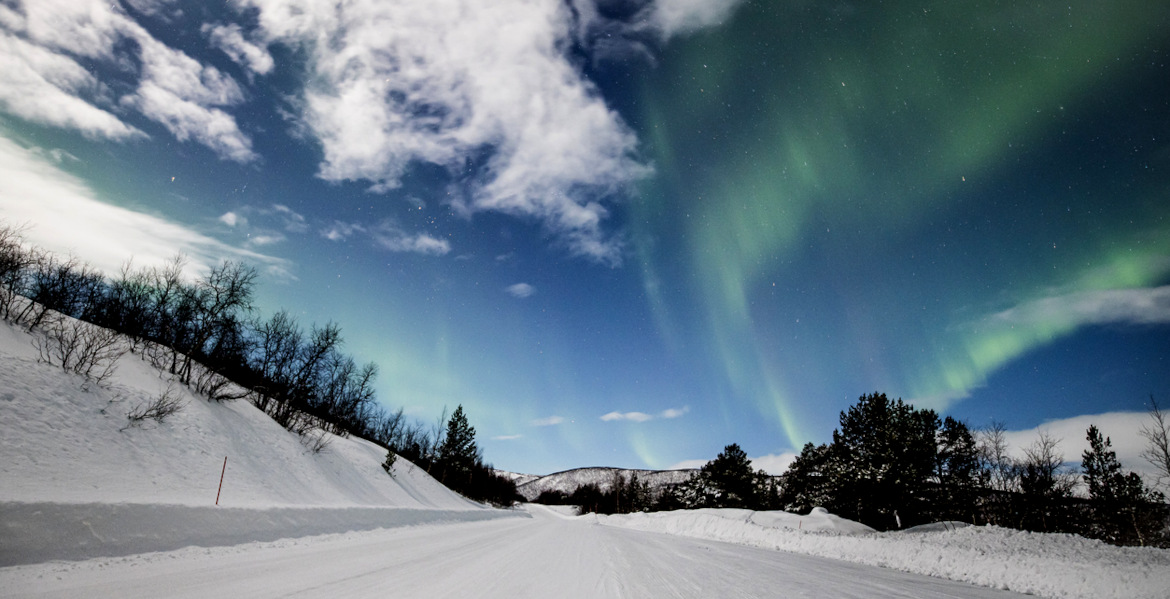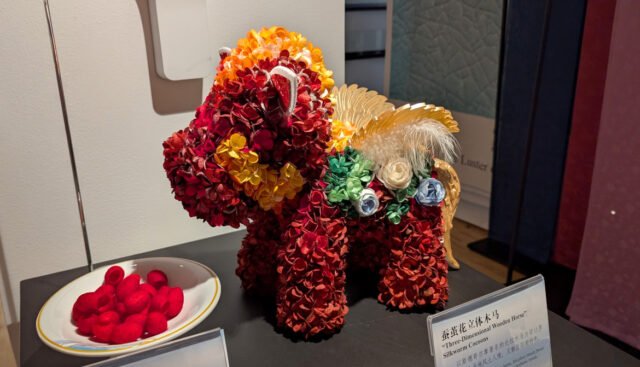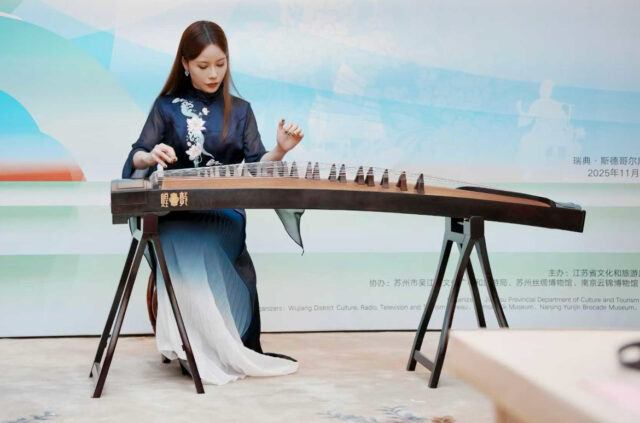There is no better place to explore Christmas traditions than Finland, the land of Santa Claus. Just an hour away from Helsinki, the city of Porvoo is immersive in all-things Christmas - markets, local shops, exhibitions, and food!
On the crossroads between tradition, present and future, we can all learn from Finns’ way of celebrating the holidays.
Porvoo, located just an hour from Helsinki, presents to visitors Finnish Christmas customs dating back from the 18th century. At the Holm House Museum I had the opportunity to experience first-hand the seasonal rituals of the Holm family, a distinguished merchant household.
The dinner table, set with green-rimmed Rörstrand dishes and wax candles, shows how important fine tableware was at the time. Traditional meals like root vegetable casseroles, rosolli salad, and rice porridge - prepared with rice, butter, and occasionally raisins - demonstrate how simple staples efficiently used to create festive and nourishing dishes despite limited resources.
The act of gift-giving was still novel in 18th-century Finland. Presents were often delivered in creative ways, such as being tossed through the door unexpectedly or brought by someone in disguise. The presents had clever, rhyming verses on them that reveal what is inside and who the gift is from. Gifts included practical items such as candles, handmade goods, or sweets such as marzipan and candied fruit.
Beyond family celebrations, community goodwill was key to the holiday. Bread baked for the poor and tallow candles symbolized generosity. The declaration of Christmas Peace from the Old Town Hall marked the start of quiet family time and religious traditions, like attending church and reading the Gospel of Luke.
Looking outside the window of the Holm House, the contrast between the calm, cozy serenity of the past and the lively buzz of the Christmas Path is unmistakable. The Christmas Path is an annual event with carousels, food stalls, and visits from Santa Claus, which stretches along Jokikatu streets. Vendors sell handmade goods and visitors can enjoy glögi, a traditional Finnish mulled drink made with spiced red wine or fruit juice, served hot with raisins and almonds.
Today, Finns continue to celebrate Christmas combining the old with the new. Santa Claus, or Joulupukki, remains a central figure, often visiting homes on Christmas Eve to deliver gifts. In these cases, families choose to hire a professional Santa or enlist a neighbor to dress up. It is not uncommon to see advertisements on the streets for “experienced” Joulupukki-s, who “do not drink”, important note for families who might have had a Christmas or two where Santa chose a bottle of liquor over warm milk and cookies.
Food is an essential part of the modern Finnish Christmas. Key dishes include oven-baked ham, often served with mustard, and root vegetable casseroles. Rosolli salad, a colorful mix of boiled beetroots, carrots, potatoes, apples, and pickled cucumber, is often topped with a sour cream-based dressing and sometimes garnished with eggs or herring. Fish also plays a major role, with foods like pickled herring, gravlax (cured salmon), and roe served with rye bread. Other staples are mushroom salad and boiled peas.
A Christmas sauna, decorated with candles, lanterns, or branches, is another Finnish tradition. A plunge into the cold snow or a nearby lake between sauna sessions is not only refreshing, but it also has several health benefits, such as improved circulation and boosted immune function. Finns usually choose to sauna on Christmas after breakfast when the typical rice porridge is served. A secret ingredient - the almond hidden in one of the portions - is believed to bring luck in the new year to the one who finds it in their dish.
The Christmas spirit in Finland does not cease to exist even in January. The Holm House Christmas exhibition continues until January 12, 2025. But if you still want to catch Santa Claus on time, you can find him on Porvoo’s Christmas Path every Saturday and Sunday leading to Christmas.














